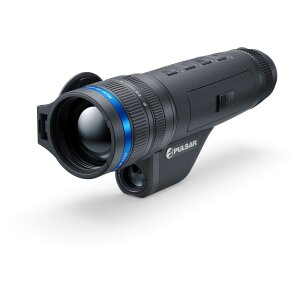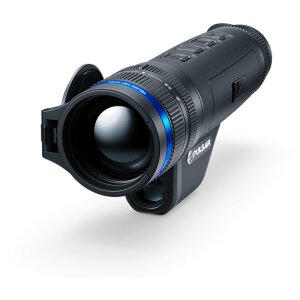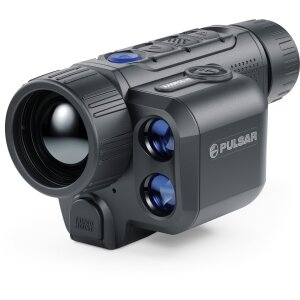
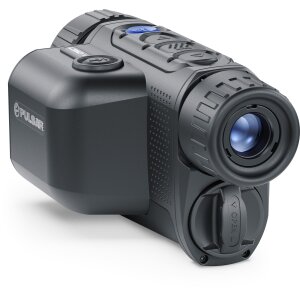
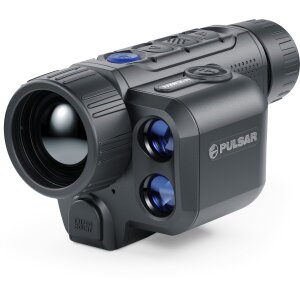
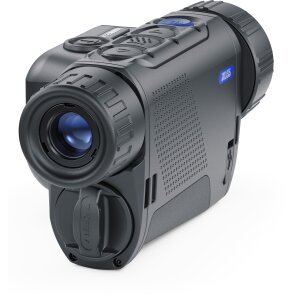

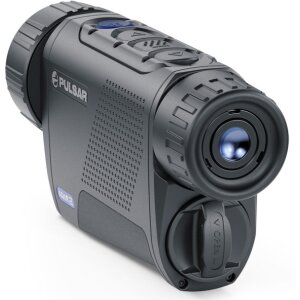
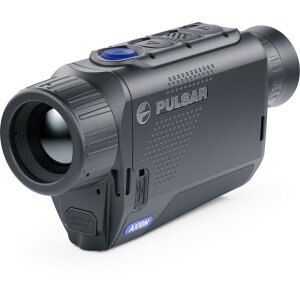
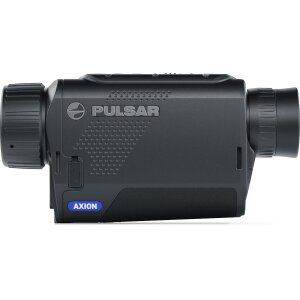
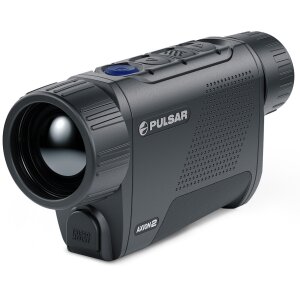
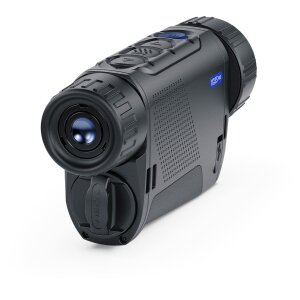

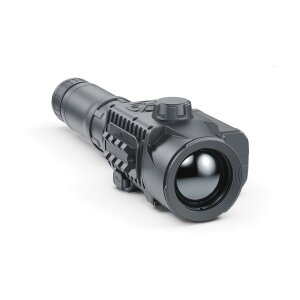
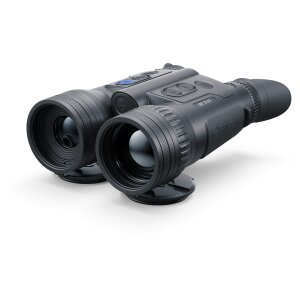

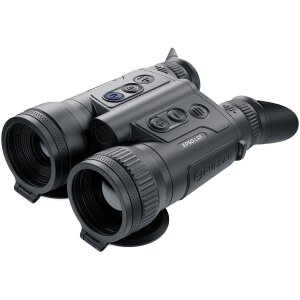
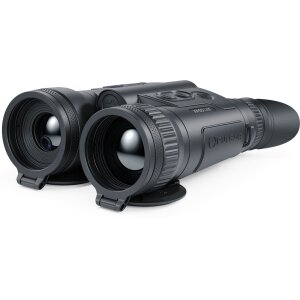
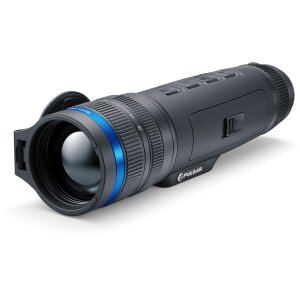
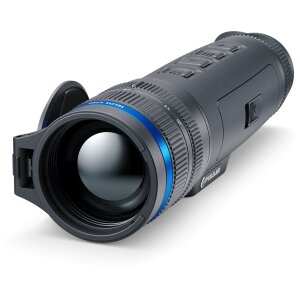
Thermal Cameras and Thermal Imaging Devices – Unveil the Invisible Day and Night
Welcome to our Thermal Cameras and Thermal Imaging Devices category at Swiss-Sale.ch, your go-to destination for outdoor, survival, and adventure gear. Thermal cameras are cutting-edge devices that detect infrared radiation and convert it into color images, allowing you to visualize temperature profiles that are invisible to the human eye.
Versatile Applications of Thermal Cameras and Imaging Devices
Thermal cameras and imaging devices are indispensable for a plethora of applications such as night-time nature observation, hunting, maintenance and repair, building thermography, search and rescue operations, and security monitoring. Thanks to their ability to operate regardless of light conditions, they can be utilized both during the day and at night.
Buy Premium Thermal Cameras and Imaging Devices at Swiss-Sale.ch
Pulsar Thermal Cameras
We carry a range of Pulsar Thermal Cameras known for their high quality and impressive performance. The Pulsar Helion series offers high-resolution sensors, large detection distances, integrated recorders, and the ability to stream real-time images to mobile devices.
Thermal Camera Attachments
Our thermal camera attachments, such as the Pulsar Core series, are ideal for hunters who need a versatile device that can serve as both an observation device and an attachment for daytime optics.
Binocular Thermal Cameras
Experience comfortable long-term observation with our binocular thermal cameras that offer a more natural viewpoint and are perfect for night-time observation and hunting.
Expert Advice and Top-Notch Customer Service
Our experts at Swiss-Sale.ch are ready to assist you in selecting the ideal thermal camera or imaging device. Shop with confidence and discover the hidden world with Swiss-Sale.ch’s thermal technology.


